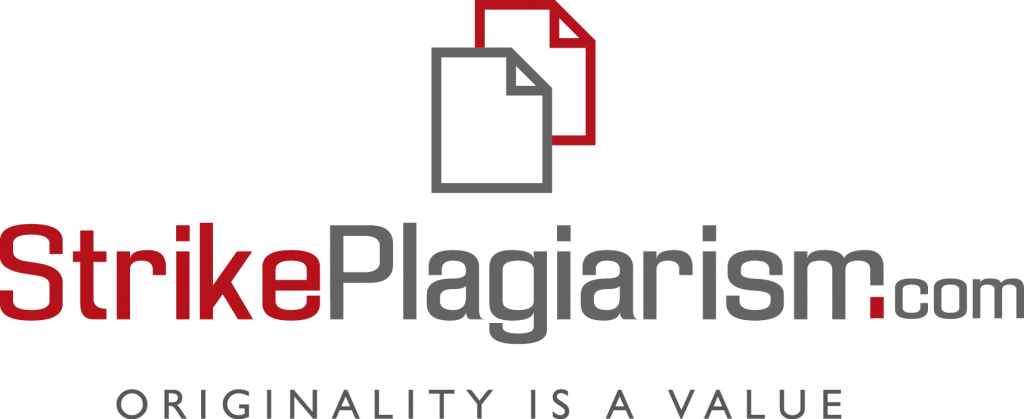INFLUENCE OF IMPACT TOOL OPERATING MODES ON THE STRUCTURAL CHANGES OF REFRACTORY MATERIALS IN METALLURGICAL FURNACES
DOI:
https://doi.org/10.32782/3041-2080/2025-5-21Keywords:
metallurgical furnace lining, impact tool, operating modes, structural changes in materials, repair of metallurgical equipment, thermomechanical loadsAbstract
In the modern metallurgical industry, the efficiency and durability of furnace linings determine the stability of technological processes and the profitability of production. One of the key factors affecting the wear resistance of lining materials is the operation modes of the percussion tool during repair and maintenance operations. The article examines the impact of percussion tool operation modes on the structural changes of lining materials in metallurgical furnaces, a crucial aspect in enhancing the durability and efficiency of heat-technical equipment. The action of tools used to dismantle worn linings and prepare surfaces for repair often leads to cracks, microdefects, and uneven stress distribution in the material, which can reduce the unit’s quality of further operation. The methodological basis of the work was experimental research and modelling of lining destruction processes using numerical methods, in particular, the implicit gradient model. The work considered the kinematic and dynamic parameters of the impact action and established the regularities of damage zone formation depending on the energy characteristics of the tool. Particular attention was paid to the analysis of the distribution of stresses and deformations in the lining material, determining the dependence between the load and the crack opening (CMOD), as well as comparing the numerical modelling results with experimental data. The results obtained showed that optimising the operating modes of the impact tool allows for reducing the risks of critical damage and increasing the efficiency of destroying worn lining layers without excessive load on the base. The proposed approach provides a more uniform distribution of impact energy, helping to reduce undesirable structural changes in the material.The practical significance of the work lies in the formation of scientifically based recommendations for selecting impact parameters, which enables an increase in energy efficiency and technological reliability of the metallurgical furnace maintenance process. The presented results can be used to improve methods for diagnosing and predicting the residual life of the lining, as well as to develop new design solutions for impact tools.
References
Autonomous robotic rock breaking using a real-time 3D visual perception system / S. Lampinen et al. Journal of Field Robotics. 2021. Vol. 38, no. 7. P. 980–1006. DOI: 10.1002/rob.22022
Experimental study of the energy transfer efficiency and rock fragmentation characteristics in percussive drilling / H. Song et al. Geothermics. 2022. Vol. 105. P. 102497. DOI: 10.1016/j.geothermics.2022.102497
Jiuju C., Kuangdi X. Process Energy Consumption, Calculation of. The ECPH Encyclopedia of Mining and Metallurgy. Singapore, 2022. P. 1–2. DOI: 10.1007/978-981-19-0740-1_85-1
Microstructures and properties of spinel-periclase-calcium aluminate refractories / Y. Liu et al. Ceramics International. 2025. DOI: 10.1016/j.ceramint.2025.03.033
Mishchuk Y. Structural review and assessment of technological and design parameters of crushing equipment for the construction industry. Construction Engineering. 2025. No. 41. P. 22–39. DOI: 10.32347/tb.2024-41.0403
Numerical simulation of rock-breaking and influence laws of dynamic load parameters during axial- torsional coupled impact drilling with a single PDC cutter / Y. Xi et al. Petroleum Science. 2023. DOI: 10.1016/ j.petsci.2023.01.009
Review of Linear Electric Motor Hammers–An Energy-Saving and Eco-Friendly Solution in Industry / A. Wróblewski et al. Energies. 2023. Vol. 16, no. 2. P. 959. DOI: 10.3390/en16020959
Upadhyay R. K. Mining, Mineral Beneficiation, and Environment. Springer Geology. Singapore, 2025. P. 799–858. DOI: 10.1007/978-981-96-0598-9_12
Vasilyeva N., Golyshevskaia U., Sniatkova A. Modeling and Improving the Efficiency of Crushing Equipment. Symmetry. 2023. Vol. 15, no. 7. P. 1343. DOI: 10.3390/sym15071343
Xiao’Ou X., Kuangdi X. Crushing Equipment. The ECPH Encyclopedia of Mining and Metallurgy. Singapore, 2023. P. 1–2. DOI: 10.1007/978-981-19-0740-1_501-1
Downloads
Published
Issue
Section
License

This work is licensed under a Creative Commons Attribution-NonCommercial 4.0 International License.





